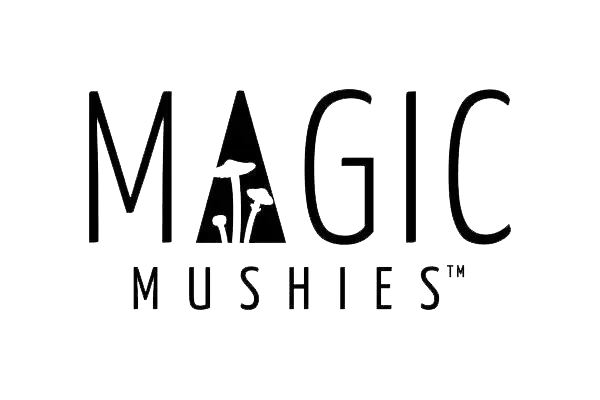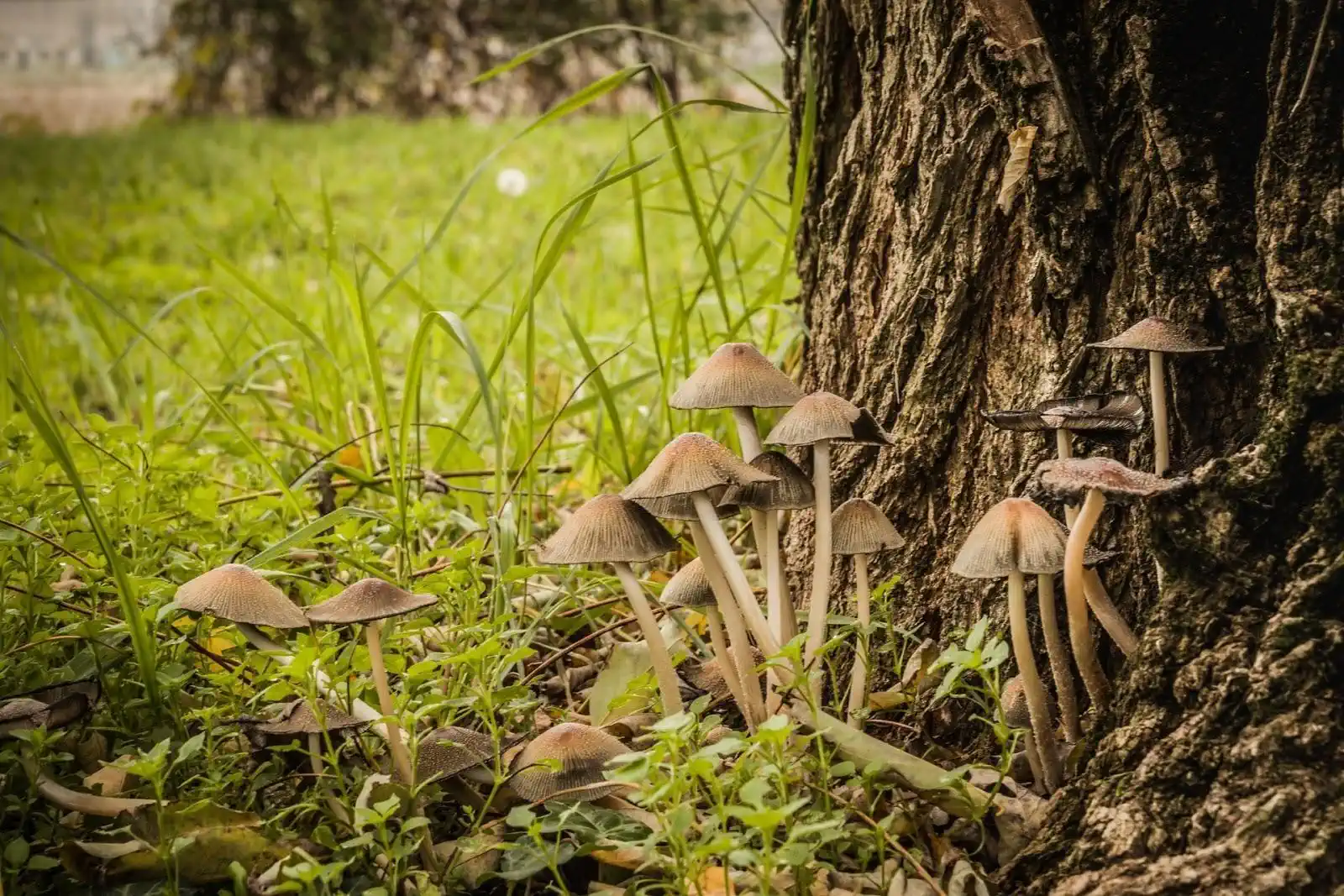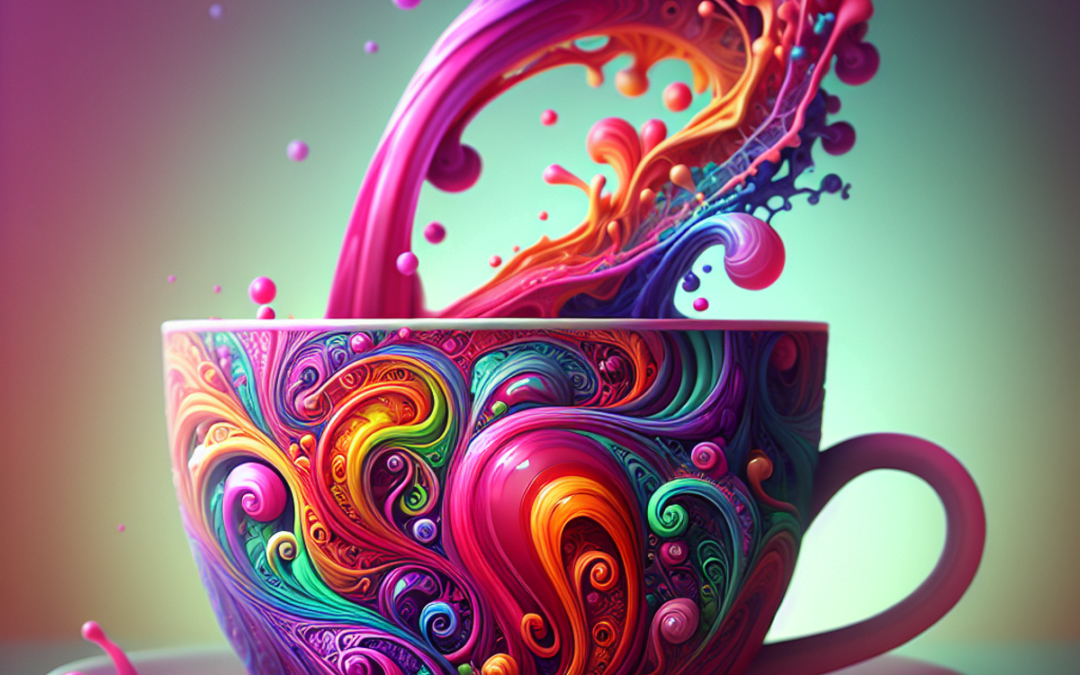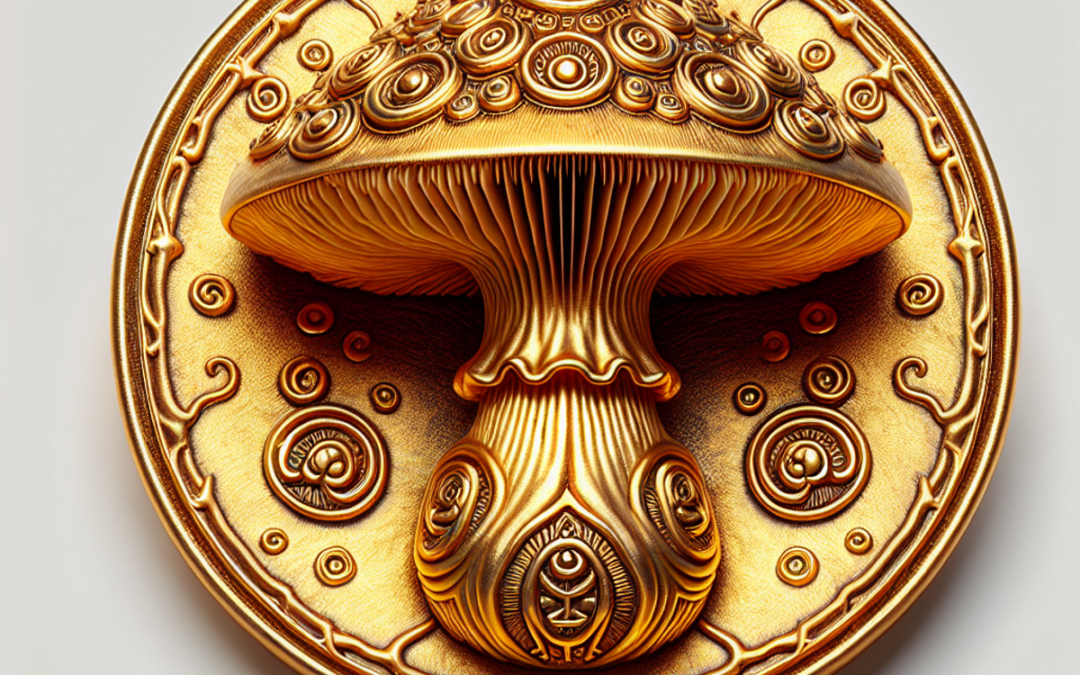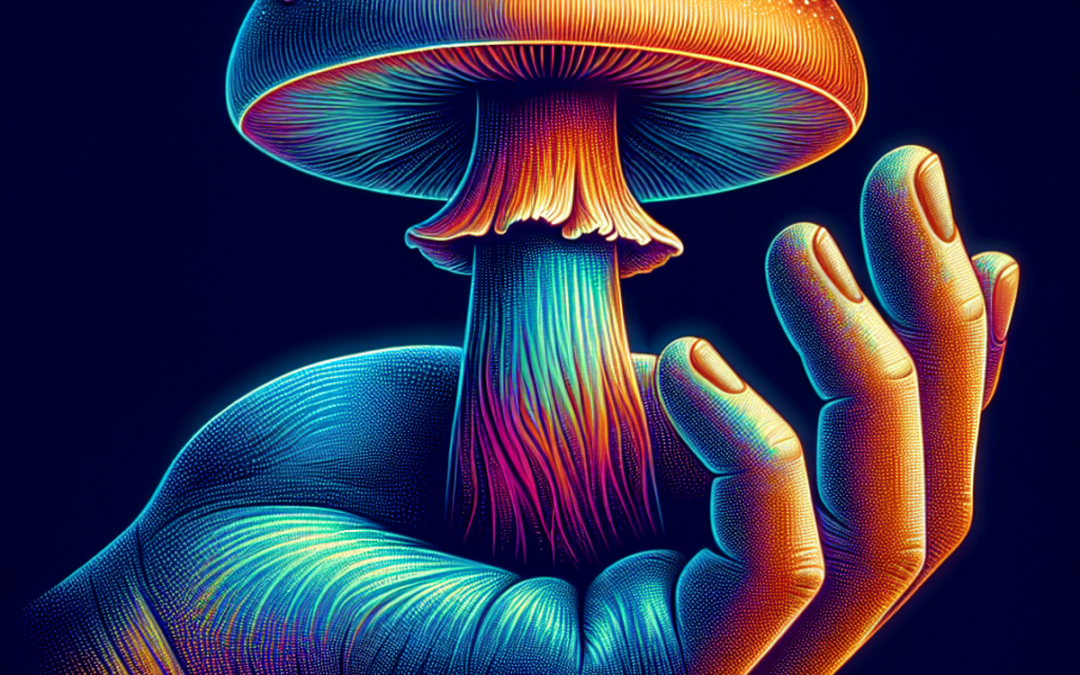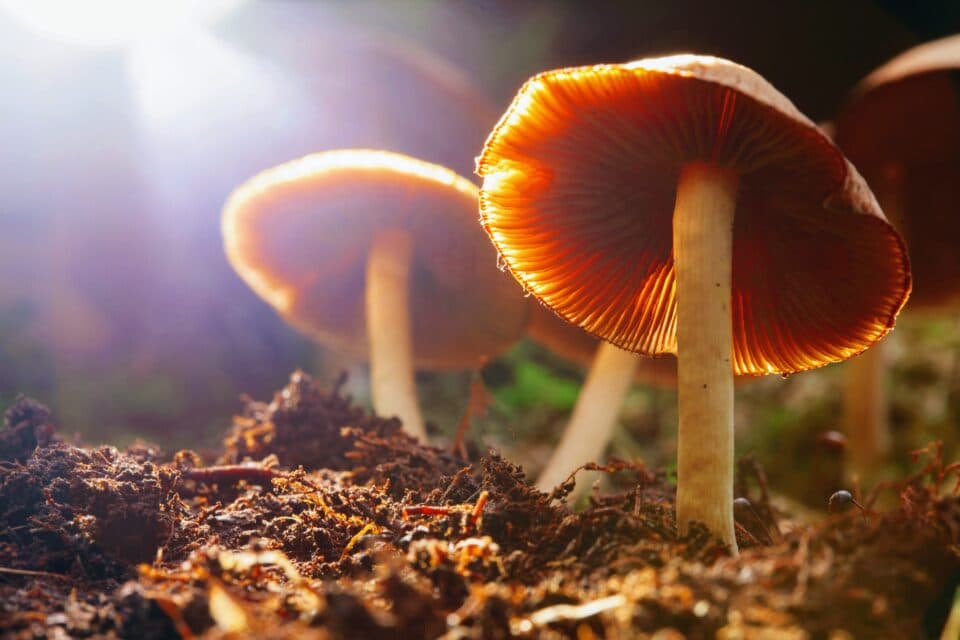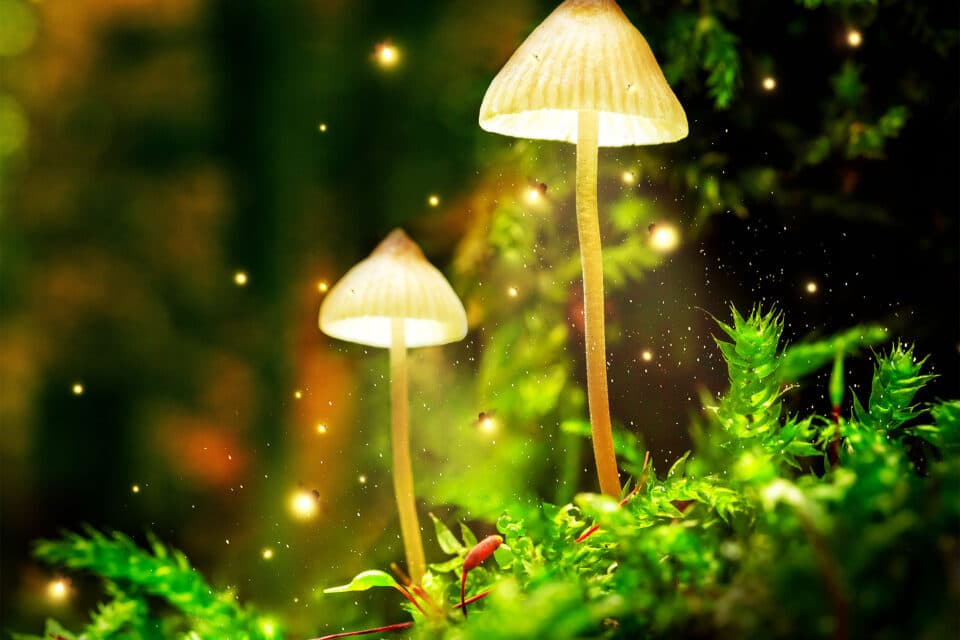For the novice, the world of magic mushrooms can be confusing. There are over 180 types of magic mushrooms, each of which has numerous strains and subspecies — and each possess unique characteristics and potencies. All psychedelic mushrooms contain the compound psilocybin, which is why Magic Mushrooms or Shrooms are also often called Psilocybin Mushrooms. Psilocybin is actually inactive, but once ingested it is converted by the body into psilocin, which produces the psychedelic experience. Mushrooms can contain other psychedelic components as well, for example most mushrooms also contain straight psilocin that does not need to be converted.
The largest subgroup or genera of Psilocybin Mushrooms is called Psilocybe, and this in turn is divided into 113 species. The species the Psilocybe genera are the most popular and widely used of all Psilocybin Mushrooms. The differing effects of each is due to differing amounts and ratios of the 3 psychoactive components: psilocybin, psilocin and baeocystin. Baeocystin has a similar structure to psilocin. In this article we look at five of the most popular types of Shrooms — all are species of the Psilocybe genera.
But first a warning: Even though there are probably some psychedelic mushrooms growing in your neighbourhood, harvesting and ingesting your own wild mushrooms is risky. There are deadly look-alikes for most mushrooms, making identification difficult and mistakes can be fatal. It is much safer to buy your Shrooms from us.
A note about the potency amounts provided in this article: The amounts are approximations as potency changes from mushroom to mushroom depending on the strain, growing conditions and age.
1. Golden Caps (Psilocybe Cubensis)
Psilocybe Cubensis is the most widely known and used mushroom. There are over 60 strains with varying potencies, for example Penis Envy has up to 50% higher levels of psilocybin/psilocin than other strains of this subgroup. A few of the more popular strains include: Golden Teacher, B+ Cubensis and Blue Meanie.
Golden Caps favour ground enriched with cow dung and can be found in Southern States, Mexico, Central and South America as well as India, Southeast Asia and Australia. Like many other mushrooms its cap is bell shaped when young, but flattens with maturity with a width of up to 8 cm.
Golden Caps were officially recognized in 1957 by the mycologist R. Gordon Wasson, after experiencing their use during a shamanic ceremony in Mexico.
Psychedelic effects begin around 1 hour after ingestion and include euphoria, sensory enhancement, synesthesia, and ego-less spiritual experiences of love and unity.
Potency
- Psilocybin: .63%
- Psilocin: .60%
- Baeocystin: .025%
- Total Potency: 1.26%
- Potency per 1 gram: 13 mg
2. Liberty Cap (Psilocybe Semilanceata)
Psilocybe Semilanceata is the most wide-spread and commonly recognized Psilocybe Mushroom. It grows in a diverse range of environments but prefers grassy areas, especially pastures where cows or sheep have grazed.
First reports of the psychedelic effects of this mushroom date back to 1799 when they were discovered during a family meal of mushrooms collected from Thames park in London. While indigenous to Europe, its adaptability has allowed it to spread all over the world.
Psilocybe Semilanceata are considered to be the third most potent of the Psilocybe Mushrooms after the Azurescens and Bohemica species. They hold their conical shape throughout their life, unlike other mushrooms that flatten with maturity. The bell-shaped cap is perched on a long, delicate stem, giving the appearance of a spear, hence the name “semilanceata” which means “spear-shaped” in Latin.
Because of the very high ratio of psilocybin compared to psilocin the highly visual trip is especially long lasting due to the time it takes for the psilocybin to be broken down and converted to psilocin in the body.
Potency
- Psilocybin: .98%
- Psilocin: .02%
- Baeocystin: .36%
- Total Potency: 1.36%
- Potency per 1 gram: 14 mg
3. Flying Saucer Mushroom (Psilocybe Azurescens)
Psilocybe Azurescens is the rarest and the most potent of the Psilocybe Mushrooms. Psilocybe Azurescens are indigenous to the Pacific Northwest and grow in wood chips and sandy soil, especially favouring dune grass. Psilocybe Azurescens are also the most recent addition to the Psilocybe species, having been discovered by some Boy Scouts in 1979 in Oregon [ https://www.psilopedia.com/psilocybe-azurescens ] and officially classified by the mycologist Paul Stamets in 1996.
Like all Psilocybe Mushrooms the colour is dependent on hydration levels, but generally it is chestnut brown to caramel when fresh and straw-coloured when dry. Fresh Azurescens turn blue-ish when handled due to the high levels of psilocin. Indeed, the name Azurescens is a reference to the blue, or “azure”, bruising often seen on the stem of the mushroom.
The cap is 30 – 100 mm wide and conic shaped when younger, gradually flattening but retaining a bump in the middle with age, resembling a flying saucer.
Because of the high level of psilocybin the Flying Saucer Mushroom produces intense effects, including visual hallucinations, experiences of alternate realms of consciousness, highly magnified emotions and once in a while, some temporary paralysis.
Potency
- Psilocybin: 1.78%
- Psilocin: .38%
- Baeocystin: .35%
- Total Potency: 2.51%
- Potency per 1 gram: 25 mg
4. Wavy Caps (Psilocybe Cyanescens)
Psilocybe Cyanescens is recognized by its distinctive undulating edges of its cap, hence the common name. The cap starts out as bell-shaped and rounded, closing in on the stem, but flattens with maturity with a central bump remaining. Although it is believed this mushroom is indigenous to the Pacific Northwest and Central Europe, it was first officially discovered in 1946 in Britain. Wavy Caps have since spread all over the world through the distribution of contaminated lumber and mulch. Wavy Caps can be prolific and are found in areas of where people have added ligneous material to the soil, such as in wood-chip mulched gardens or on trails. In fact they require decaying wood to grow.
The psychedelic trip is similar to Psilocybe Cubensis, but with a higher intensity of visuals because of the higher amount of psilocybin.
Potency
- Psilocybin: .85%
- Psilocin: .36%
- Baeocystin: .03%
- Total Potency: 1.24%
- Potency per 1 gram: 12 mg
Still confused about which type of magic mushroom is right for you? We recommend starting with our Psilocybe Cubensis Party Pack, so you can sample a variety of our best sellers and decide for yourself.
